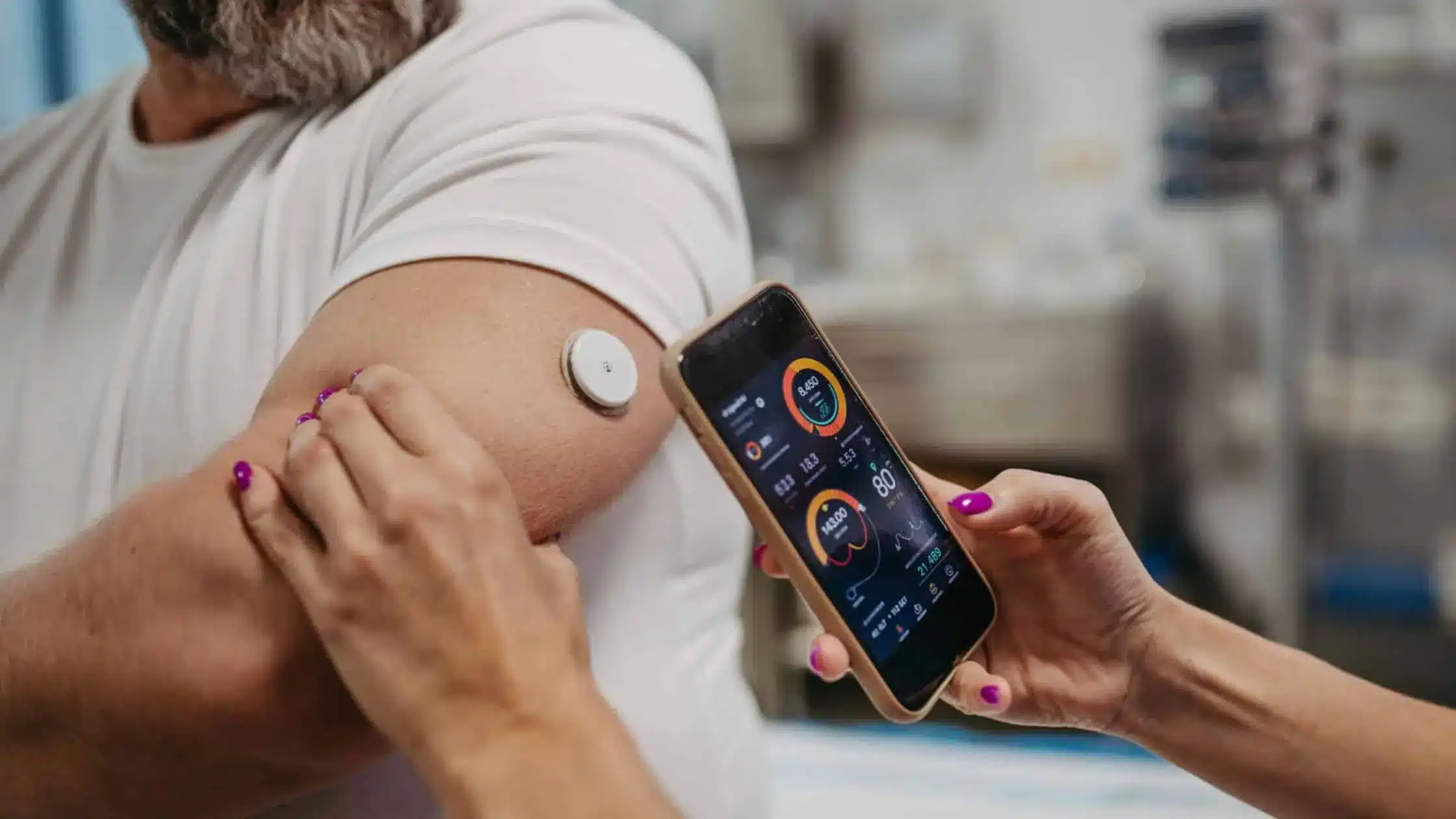What is Quality Control in Medical Device Translation Services?
In the global healthcare industry, precise communication is critical. Medical devices, which range from simple instruments to complex machinery, often come with detailed instructions, specifications, and regulatory requirements. When these documents need translation, ensuring accuracy and compliance is paramount. This is where quality control in medical device translation services becomes essential.
Understanding Quality Control in Translation
Quality control (QC) in translation is a systematic process designed to ensure that translations are accurate, consistent, and meet the required standards. In the context of medical device translation, QC involves a series of checks and measures to guarantee that translated documents are not only linguistically accurate but also technically precise and compliant with regulatory standards.
The Importance of Quality Control in Medical Device Translation
Patient Safety and Well-being: Accurate translations are critical to ensuring that healthcare professionals and patients understand how to use medical devices correctly. Misinterpretations can lead to misuse, which can cause injury or even death.
Regulatory Compliance: Different countries have specific regulatory requirements for medical devices. Translations must adhere to these regulations to ensure that the devices can be legally marketed and used in those regions.
Brand Reputation: High-quality translations reflect well on the manufacturer, reinforcing their commitment to safety and quality. Conversely, poor translations can damage a company’s reputation and lead to legal and financial repercussions.
Key Components of Quality Control in Medical Device Translation
Source Text Analysis: Before translation begins, the source text is analysed to identify any potential issues, such as ambiguous terms or complex technical language. This step ensures that translators have a clear understanding of the text and can address any challenges upfront.
Selection of Qualified Translators: Translators are selected based on their expertise in both the target language and the medical field. They must have a deep understanding of medical terminology and regulatory requirements in both the source and target languages.
Translation Memory and Terminology Management: Using translation memory (TM) tools helps maintain consistency by storing previously translated segments. Terminology management ensures that specific terms are translated consistently across all documents.
Review and Editing: Once the initial translation is complete, it undergoes a thorough review and editing process. This step involves multiple reviewers, including medical experts and native speakers, to ensure accuracy and consistency.
Proofreading: The final translated document is proofread to catch any remaining errors or inconsistencies. This step focuses on grammar, punctuation, and overall readability.
In-country Review: In some cases, an in-country review is conducted by local experts to ensure that the translation meets regional linguistic and regulatory standards.
Final Quality Assurance (QA) Checks: The last step involves comprehensive QA checks to ensure that the translated document meets all specified quality standards. This includes verifying that all regulatory requirements are met and that the document is free of errors.
Challenges in Quality Control for Medical Device Translation
Technical Complexity: Medical devices often involve complex technology and specialised terminology. Translators must be adept at understanding and conveying these complexities accurately.
Regulatory Variations: Different countries have varying regulatory requirements, making it challenging to ensure that translations meet all necessary standards.
Cultural Sensitivity: Medical translations must be culturally appropriate to ensure that they are understood correctly by the target audience. This involves not only linguistic accuracy but also an understanding of cultural nuances.
Volume and Speed: The healthcare industry often requires translations to be completed quickly, especially during emergencies or product launches. Balancing speed with quality can be challenging.
Best Practices for Ensuring Quality Control
-
Invest in Training and Development: Providing ongoing training for translators and reviewers ensures they stay updated with the latest medical terminology and regulatory changes.
-
Implement Robust QC Processes: Establishing and adhering to stringent QC processes helps maintain high standards of accuracy and consistency.
-
Utilise Advanced Technology: Leveraging tools such as translation memory, terminology databases, and automated QA checks can enhance the efficiency and quality of the translation process
-
Collaborate with Experts: Working closely with medical experts and regulatory consultants ensures that translations are both linguistically and technically accurate.
Quality control in medical device translation services is a critical component of ensuring patient safety, regulatory compliance, and brand reputation. By implementing rigorous QC processes and leveraging the expertise of qualified professionals, companies can ensure that their medical device translations are accurate, consistent, and compliant with all necessary standards. This not only facilitates the global distribution of medical devices but also upholds the highest standards of patient care and safety.
For more detailed insights on quality control processes, you may refer to European Medical Device Regulation and ISO 13485:2016, which provide comprehensive guidelines on quality management systems for medical devices.

